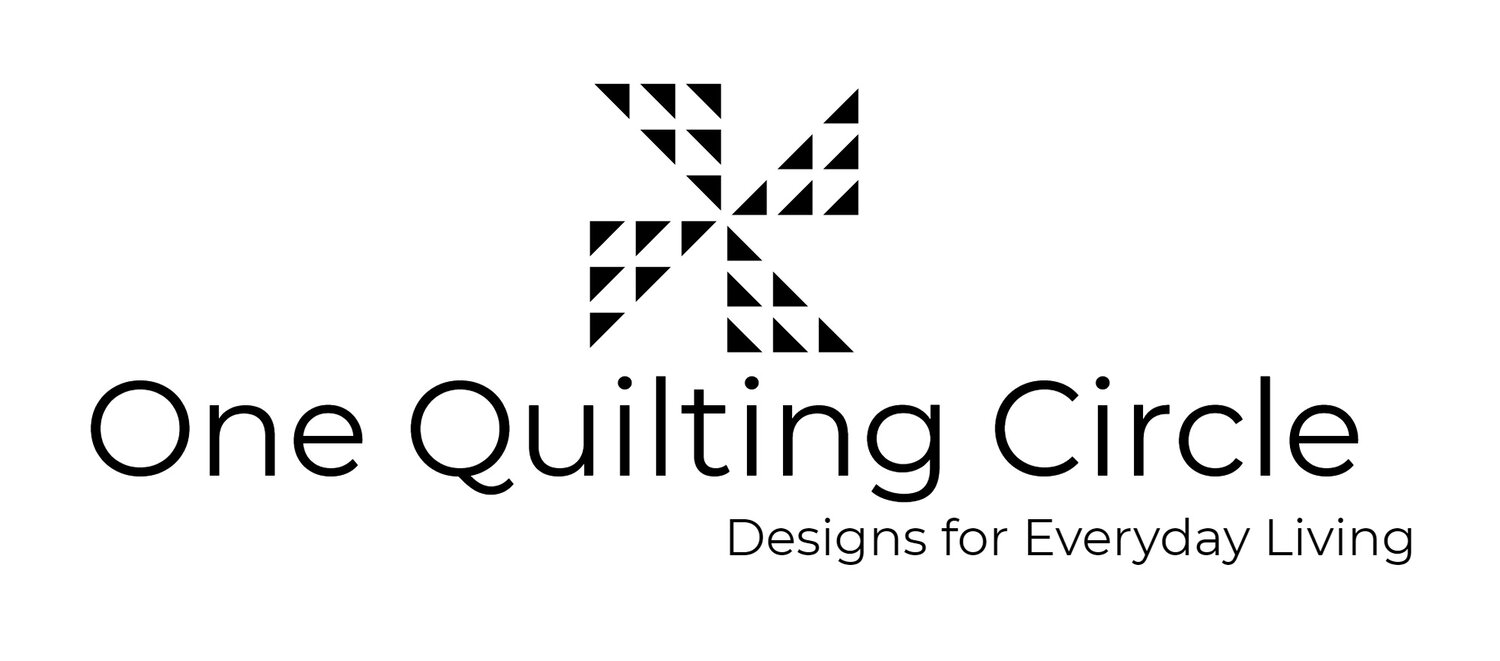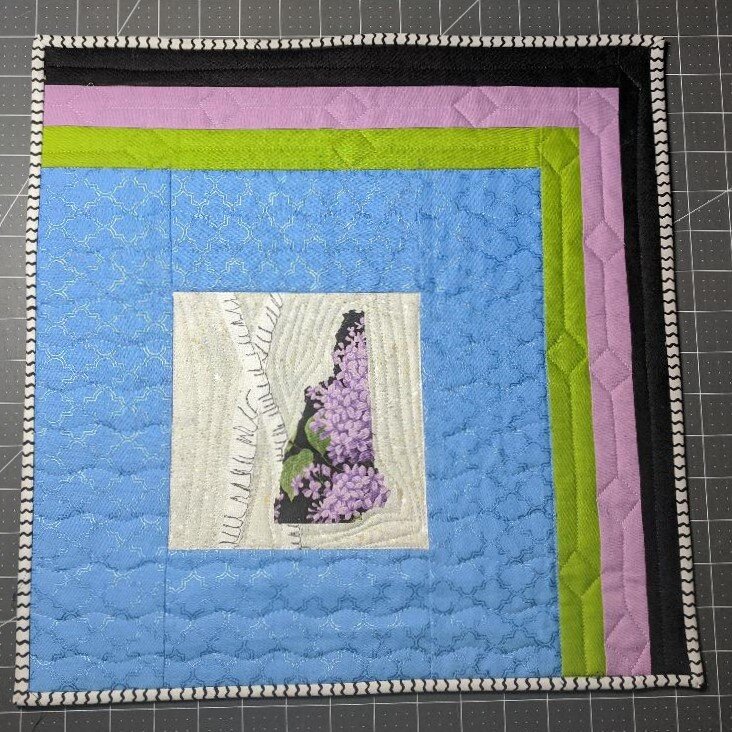Questions, questions everywhere
This blog post expands into a lot of areas from the Livestream that I hosted this morning over on Facebook/Zoom. I usually go live on Tuesdays at noon, and you can watch a replay of this morning’s presentation here. As a backstory, this morning I was addressing some questions I had been receiving from viewers - which is always a good way to get content.
This picture generated the lead off question from this morning, and it was put in by me because this was unexpected. These are my gloves after working with my grandson’s quilt and a pounce and stencil.
This was the first time that I’ve ever done this, and as it turns out, it’s pretty normal. This blue chalk is the kind you either brush off or wash off; applying a heat source to it will only set the stain.
The package tells you to wash the gloves in gentle detergent, rinse well and let air dry.
How do I baste my quilts?
I’ve tried many
methods -
but I am a hard fan of basting
spray.
I’ve been quilting long enough to
remember hand basting my quilts,
and I also remember thinking that
pin basting was a great idea.
No matter what size you quilt you are
working with, it’s really important to
get all the layers securely attached. I
quilt on a domestic machine,
which means there is a lot more
chance of things shifting as you quilt.
Basting spray is a great solution to
that problem, and it’s a staple that
I’m never
without. With quilting
season coming up, it’s time to stock up
now.
One question I had was whether I prefer nested seams or open seams when I press.
I’ve used both, and I do have a preference to open seams when I sew my Flying Geese Units together (see my Spring Morn pattern, for example)..
However, I do believe that the nested seams approach (aka pressing to the dark side) does provide you with more stability and security for your patchwork.
And if you look closely at the bottom photo, that seam intersection actually walked off center a bit.
Check the pressing information carefully in your patterns.
One question I receoved related to my
raw edge applique, and whether I stitched
the applique piece down before or after
quilting.
I stitch the applique down as part of
the quilting process. I use that stitch to
secure the edges and to quilt the piece in
one step.
This is a preview of my grandson’s quilt,
and you can see how it looks here. I need to
add the background quilting to this, but you
can see the dimension.
The last question was about your iron and how I clean it. This is my travel iron and I had forgotten to clean it, so it was perfect for demo.
Funny how that works.
For the inside of the iron, you will occasionally get small dark spots on the surface of fabric. That’s an indication to stop, and clean the interior of the iron with a 1:1 mixture of water and vinegar. Put the iron on high steam and run it over a light rag until nothing more comes out.
For the plate of the iron, wait until it cools and then use a damp Magic Eraser on the bottom of the plate until its clean.
These are just some thoughts as I stare out the window on what looks like a beautiful early fall day. Come back next week on Tuesday when we’re back to talking about quilty things. My design wall is empty, and I need to put some color up there. I think a shift is coming…
Welcome…
Hi, I’m Linda Pearl - quilter, teacher, designer and blogger, and I’m happy to have you here. I’d like to tell you a little bit more About Me…








